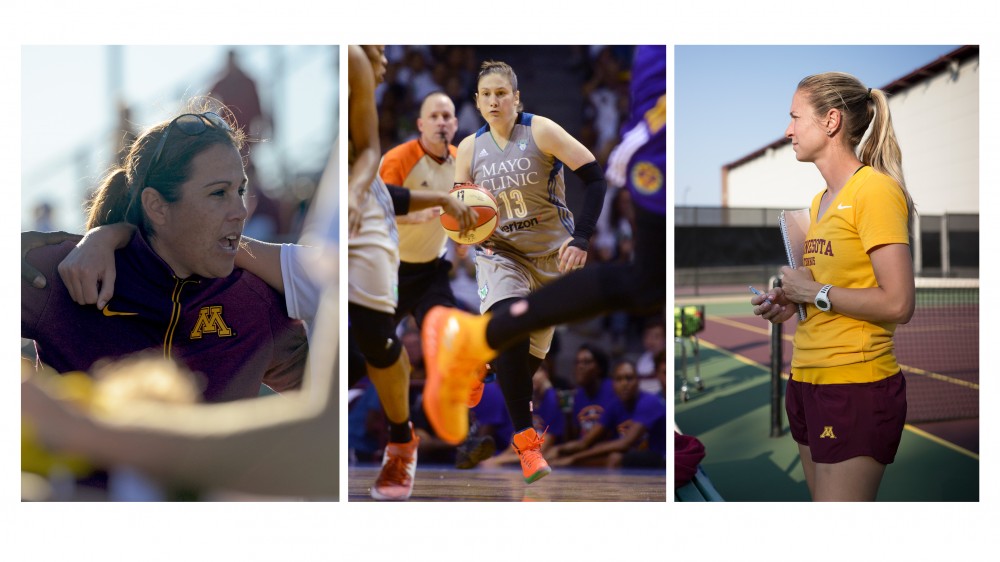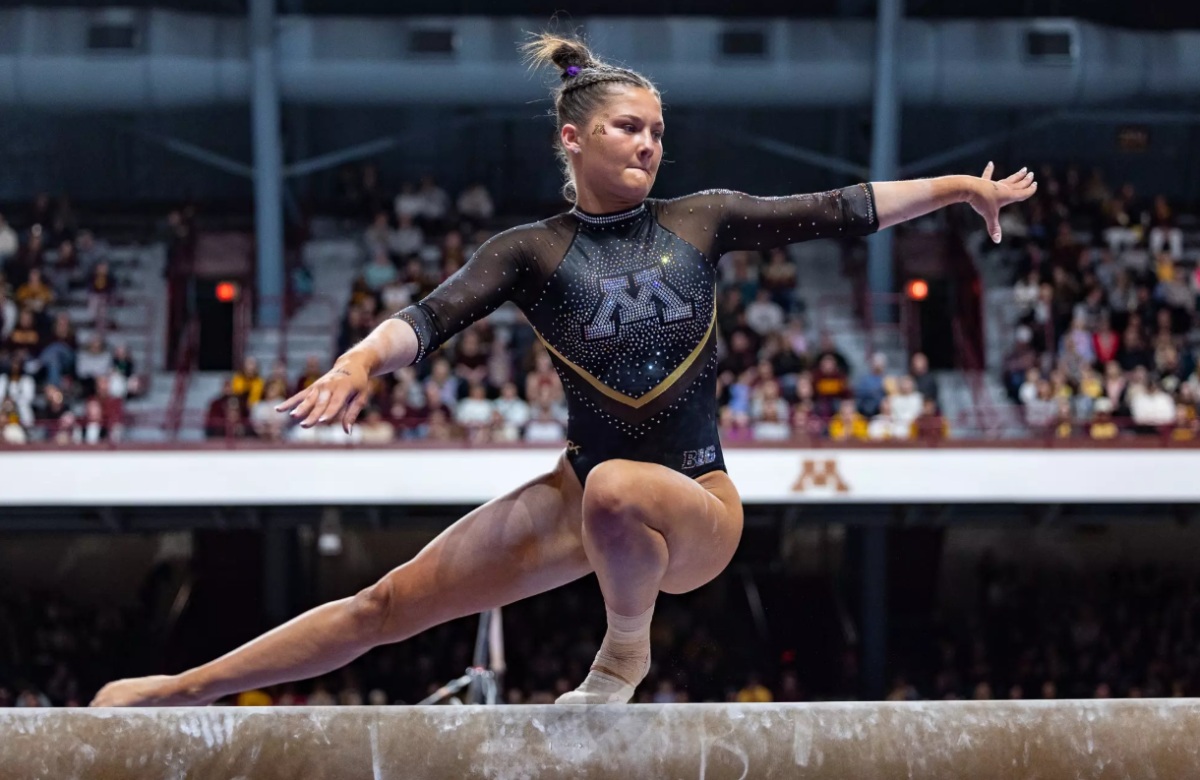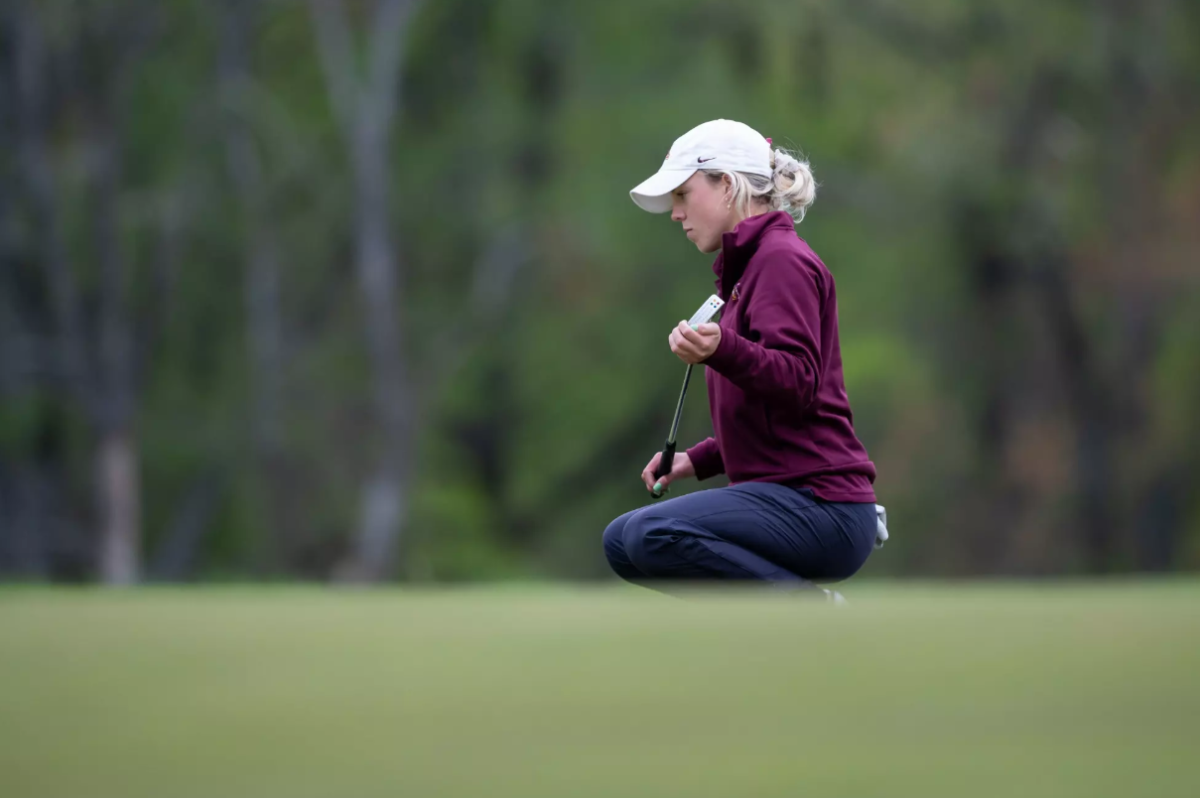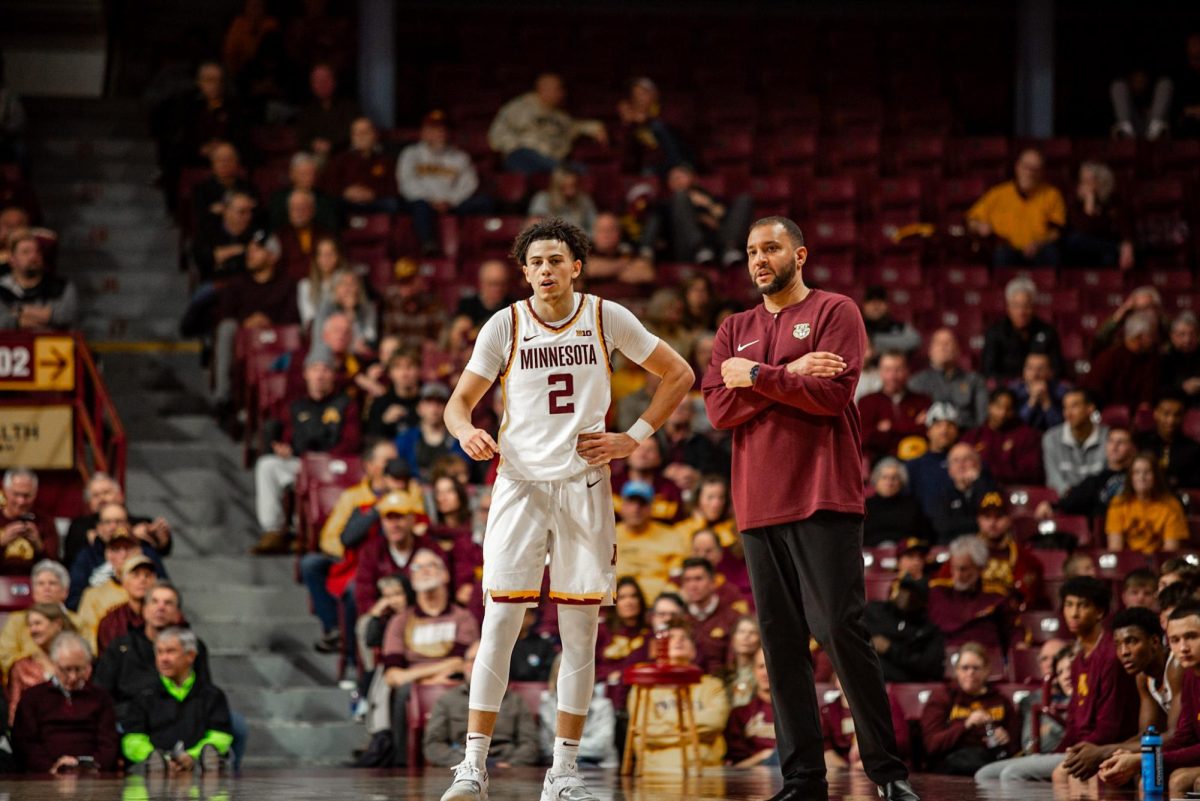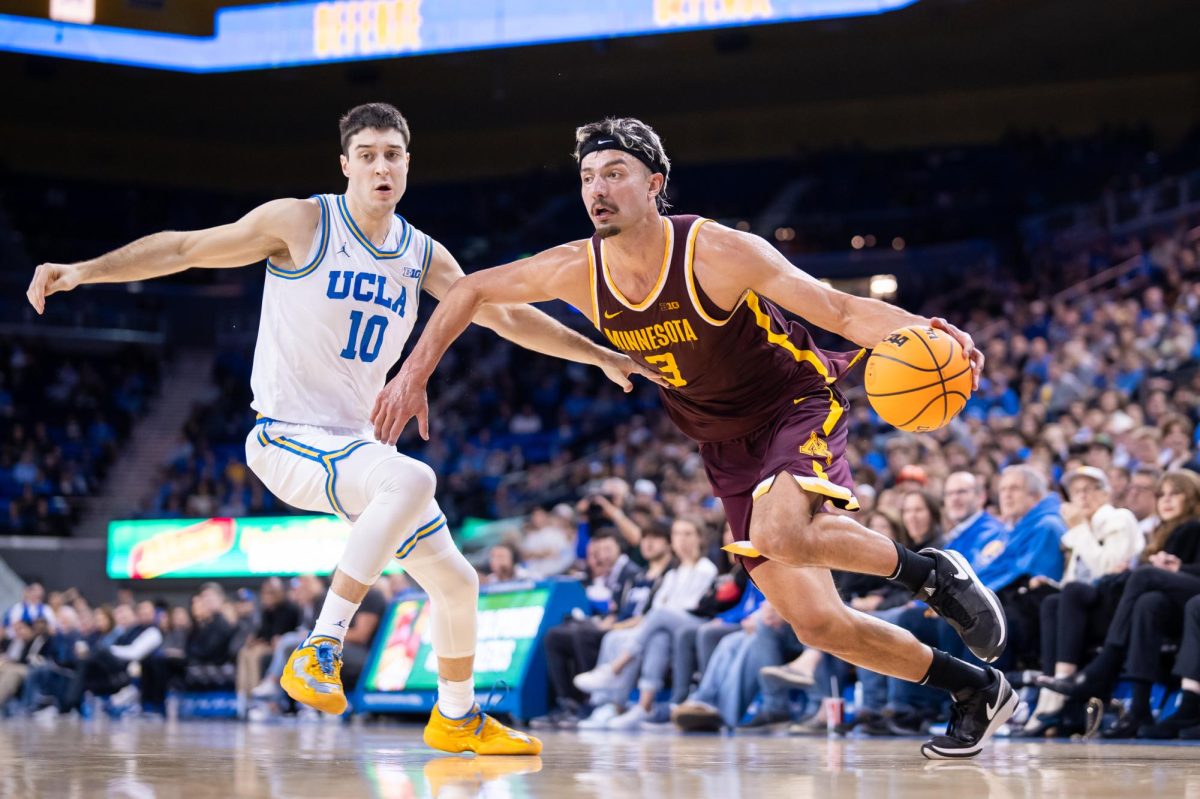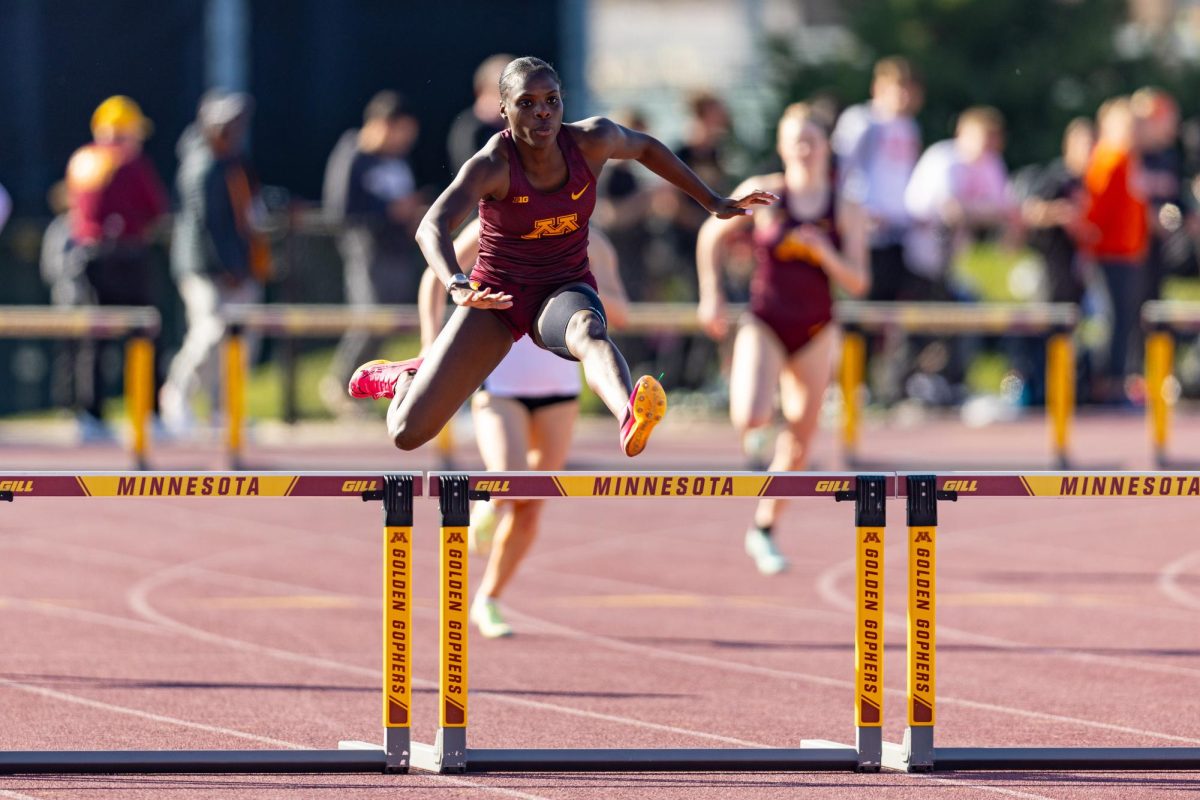A new national ranking suggests the University of Minnesota is among the best in the nation for hiring women as head coaches for women’s sports.
The University was ranked third in an annual report from the Tucker Center that examines the amount of women head coaches who are coaching women’s sports at the NCAA Division I level, which is an increase of eight spots from the previous year.
Of the 12 women’s sports at the University of Minnesota, there are 14 head coaching positions as some sports have two head coaches. Nine of the total coaching positions at the University are held by women.
Nicole LaVoi, report author and senior lecturer in the University’s School of Kinesiology, said around 42 percent of all women’s college teams are coached by a woman.
Having just over 64 percent of Gopher women’s sports coached by women, Minnesota received a “B” grade, according to the report.
The University of Cincinnati and University of Central Florida received “A” grades this year.
The University’s national rank rose from 11th in 2017 to third when Catrina Thompson was hired as the head coach of the women’s tennis team. Thompson replaced Chuck Merzbacher when he retired from the job in April 2017.
“I think for the success Minnesota athletics has had, [the ranking] doesn’t surprise me at all,” Thompson said.
This is the sixth annual report conducted by the Tucker Center, which is associated with the University through the College of Education and Human Development.
The report takes an in-depth look at athletic departments from seven major women sports conferences, including the AAC, ACC, Big East, Big Ten, Big 12, PAC-12 and SEC.
Each athletic department receives a grade which is scaled A through F, which is based on the percentage of women head coaches for women’s teams. The grading scale for the report card is different from a typical class’ scale – anything above 70 percent is an A, 55 to 69 percent is a B and 40 to 54 percent is a C.
LaVoi said the University has always received a “B” grade.
Wendy Davis, who started the University’s women’s rowing program in 2000 and serves as its head coach, said she has seen changes over the years in regard to women coaches.
During her time as a student-athlete rower at the University of California at Los Angeles, Davis said she only had a handful of women coaches. She said Title IX not only opened the door for women participating in sports but also coaching.
“Now we have high quality women with the perspective, the knowledge, and they know what it’s like to be a female athlete,” Davis said.
While Title IX opened the doors for women to play and coach sports, LaVoi said the number of women coaches is declining.
“Both male and female athletic directors cite family obligations as a reason for why there are fewer women,” she said.
The decline has been reflected in women’s rowing, Davis said.
“There are eight Big Ten schools that have a women’s rowing program, but only two have women head coaches, Davis said. “It used to be 50 percent, but now it’s not.”
The Tucker Center’s goal is to raise awareness of the lack of women coaches and stimulate dialogue to hold decision makers accountable, LaVoi said.
Since the data was collected, the University has added Lindsay Whalen as the women’s basketball coach. This will not affect the University’s ranking as she replaced former head coach Marlene Stollings.
Although the University’s rank is not likely to change this year, athletic leaders say it’s an example for athletic directors across the U.S.
“They jumped [up] in one year, so Minnesota is a nice example of how to do it right,” LaVoi said.


